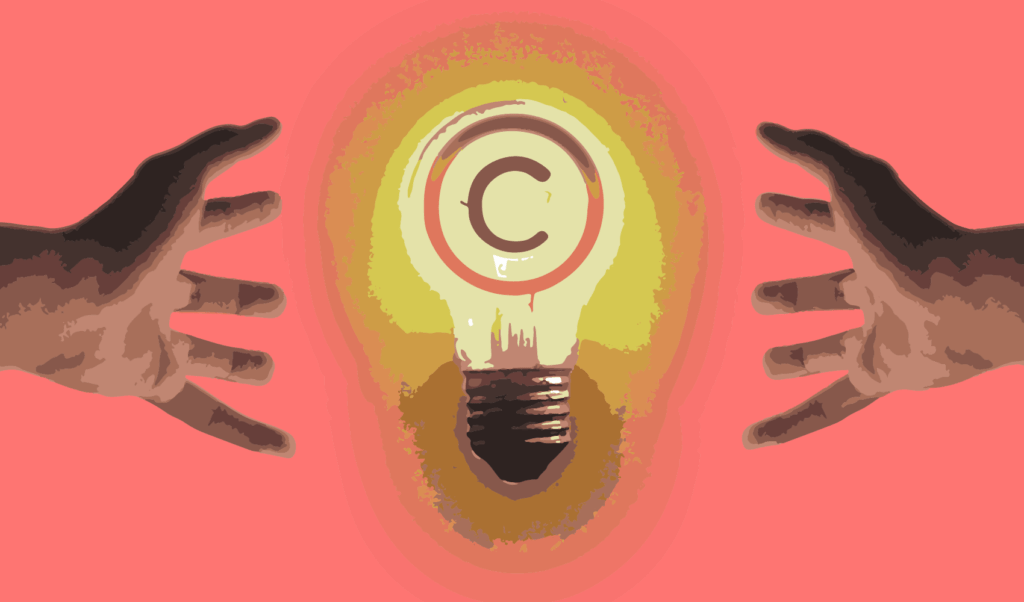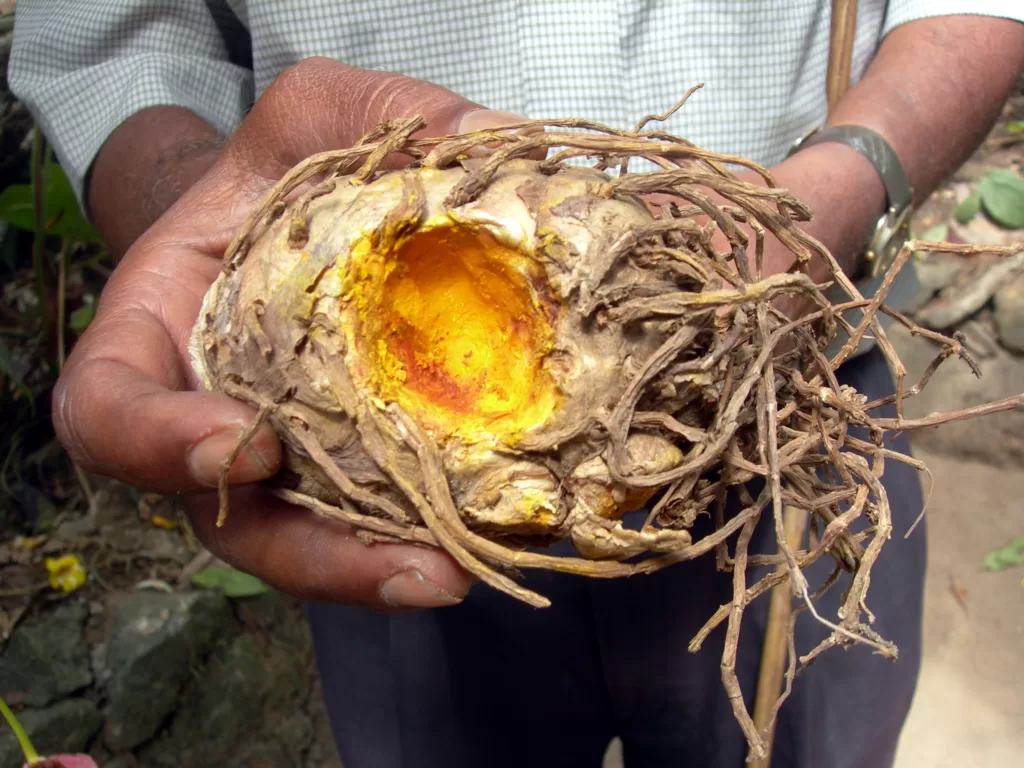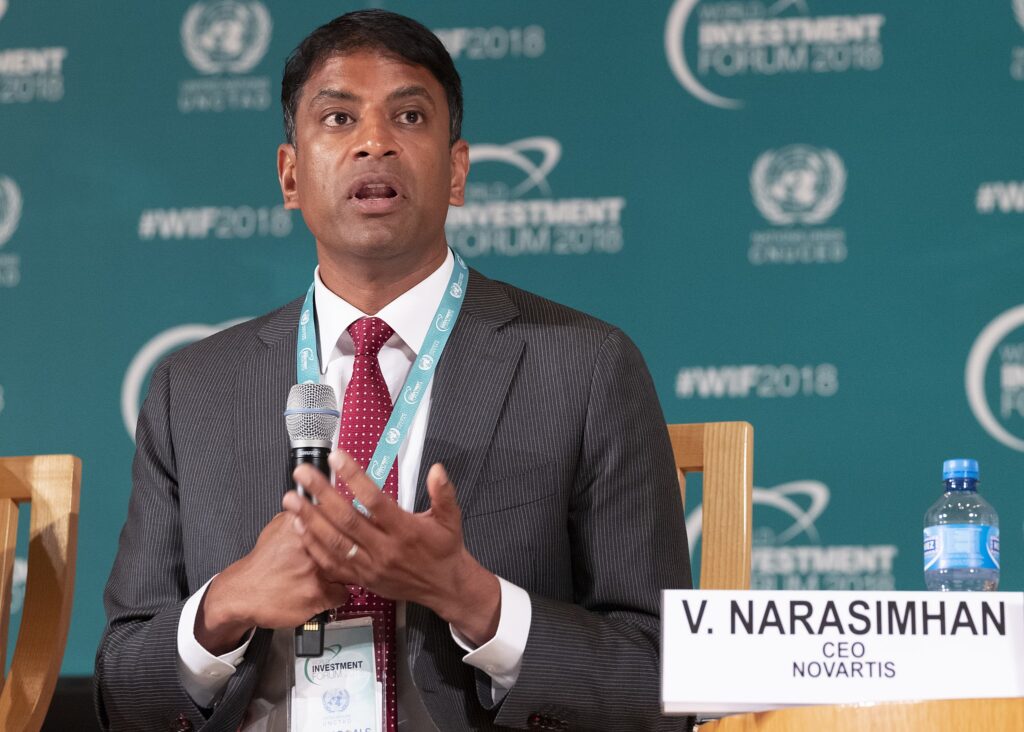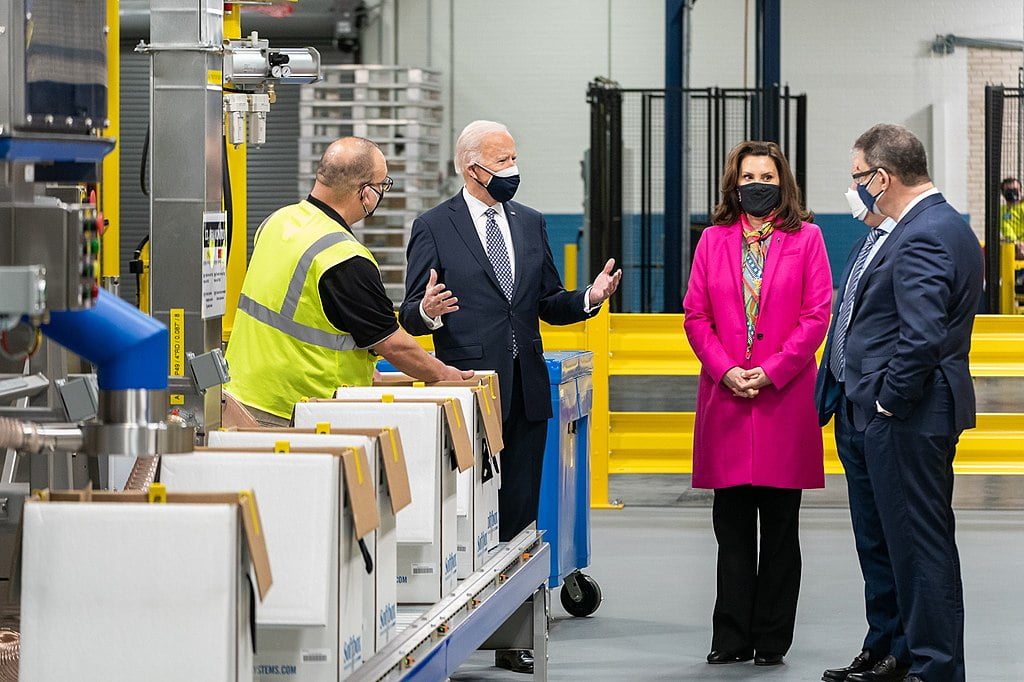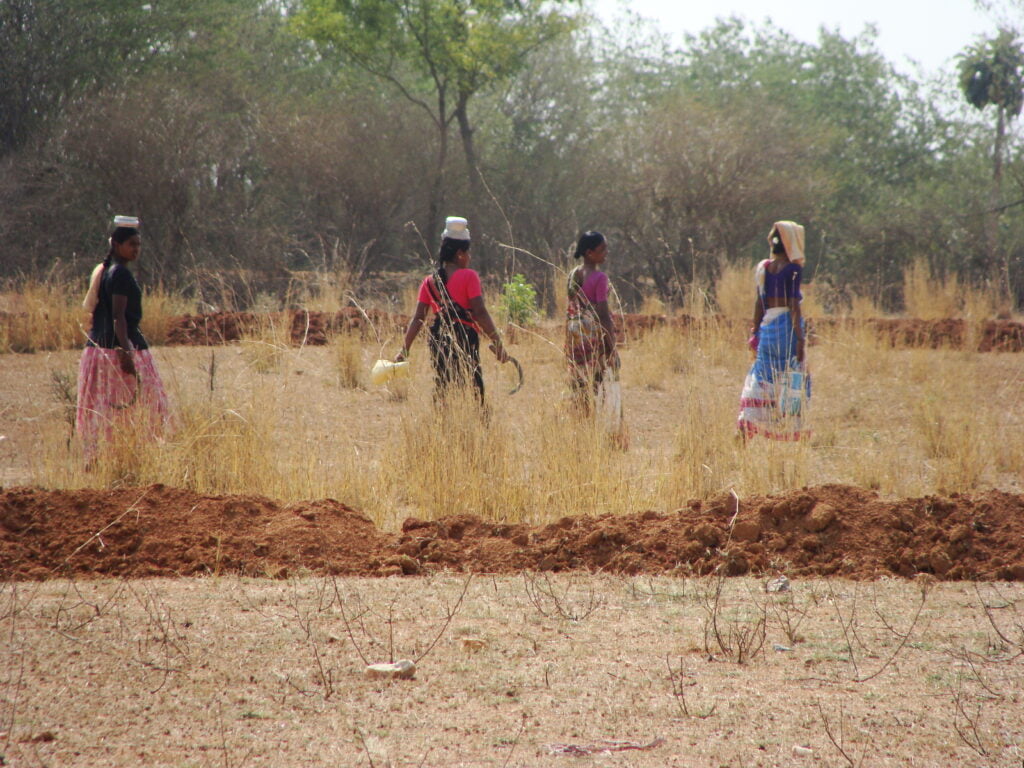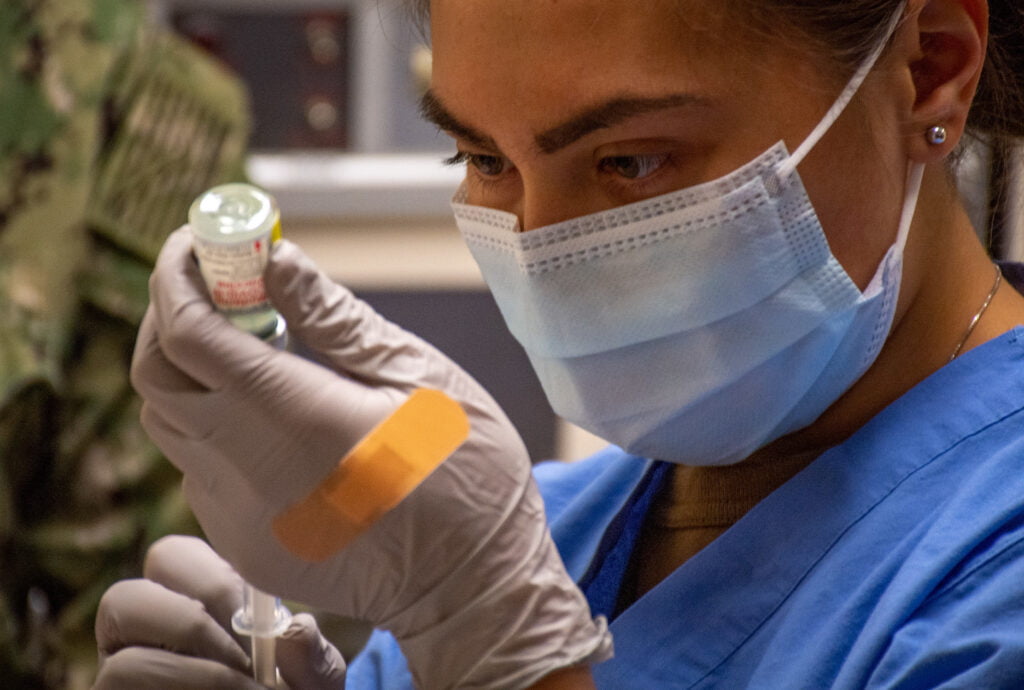Unequal access to the COVID-19 vaccine fuelled calls for a patent waiver, but any major change needs to ensure a better outcome for developing economies.
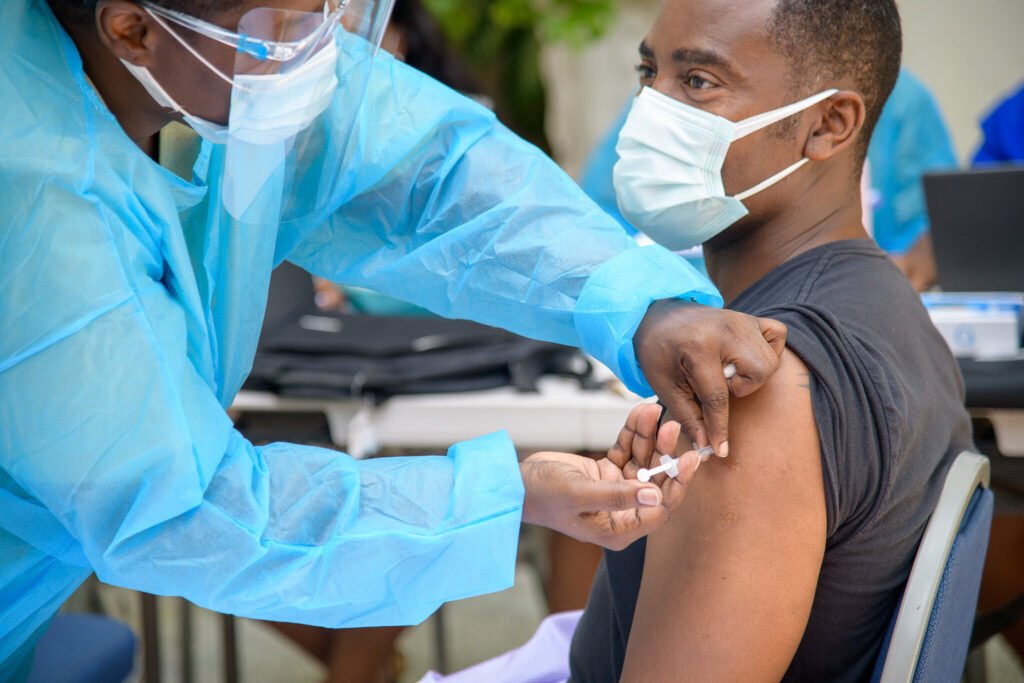 Multiple vaccines for COVID-19 were produced faster than any other in human history under the current legal arrangements. : PMO Barbados, Flickr. CC BY 4.0
Multiple vaccines for COVID-19 were produced faster than any other in human history under the current legal arrangements. : PMO Barbados, Flickr. CC BY 4.0
Unequal access to the COVID-19 vaccine fuelled calls for a patent waiver, but any major change needs to ensure a better outcome for developing economies.
When World Trade Organization (WTO) members agreed in June to ease patent rules on COVID-19 vaccines, they stopped short of waiving patent protection. As the vaccines flowed into some parts of the world in late 2020, bringing relief, hope and a ticket out of lockdown, other countries’ vaccination rates lagged far behind. This inequality gave voice to proponents of a patent waiver. But other issues are at play.
It may come as a surprise that vaccination rates do not necessarily correlate with the wealth of a country. Argentina, Bangladesh, Bhutan, Brazil, Cambodia, Chile, China, Colombia, Cuba, Ecuador, Iran, Laos, Malaysia, Nepal, Peru, Sri Lanka, Thailand, Uruguay and Vietnam all have rates of vaccination higher than or similar to those of the United Kingdom, the United States, France, the Netherlands and Germany.
On the other hand, no African country comes close to any Western country on that score. An international legal agreement imposes requirements on WTO members to protect patents over new inventions, including vaccines. Patents last for 20 years, and during that time only the patent holder or its licensees can make the vaccine in question unless there is an agreed exception.
A number of developing economies proposed a WTO patent waiver in respect of COVID-19 medicine, including vaccines. After the June decision, if a member of the WTO issues a compulsory licence of a patent, the patent owner is still entitled to payment for vaccines made using the patent. What the patent holder cannot do is prevent the grant of the compulsory licence to make and distribute the vaccine.
Patent protection is intended to provide a financial incentive to invent new products such as COVID-19 vaccines. Various COVID-19 vaccines are the product of technological advances that occurred over a decade ago, which is why the vaccines could be produced so quickly after COVID-19 emerged. Without those technological advances, the world might still be waiting for any COVID-19 vaccine, with devastating implications for death rates.
The vaccines are also the product of expensive and time-consuming work that has to be done by someone regardless of who holds a patent over the vaccine. The three phases of vaccine trials are conducted well after patent applications are filed but are necessary to assess vaccine safety and efficacy. Not all patented vaccines will make it to market or receive broad regulatory approval, so the cost and risk of vaccine development and testing needs to be borne without any guarantee of financial success. If patent rights are done away with, it is hard to see why any pharmaceutical company would invest in vaccine development in future pandemics.
As critics of patent law have pointed out, some of the funding for technological advances comes from government grants rather than solely from private enterprise. Some of the research leading to the development of the Moderna vaccine was conducted by US government agencies or by those agencies in collaboration with Moderna. Similarly, the research underpinning the AstraZeneca vaccine was undertaken at Oxford University with some government assistance.
Yet government funding of such research can be insufficient to achieve success in the absence of private funding. The precise role and required extent of government funding is not clear and is simply unknowable in advance of an actual health crisis. The book Vaxxers by the creators of the AstraZeneca vaccine explains the role of private venture capital in maintaining the research program that was in place for years before COVID-19.
Also, if a particular government pays for new vaccines, there is no guarantee it would share them with other governments rather than seek exclusive access to the first vaccines produced. Consequently, it is not clear what alternative model to the patent system would achieve an optimal outcome.
On the flip side, exclusive control over vaccines via patents can see insufficient production of vaccines or lack of access to vaccines in countries where governments do not have the means to pay for them. Likewise, it can price out individuals.
In the early stages of COVID-19 vaccine production, there were claims that patent protection meant production levels were insufficient to meet global requirements and developed countries were hoarding vaccines and contractual rights to future production.
But it is no longer the case that there is a lack of production of COVID-19 vaccines, although there are obvious disparities in distribution between nations. Some of that disparity may be due to intellectual property protection, but other significant factors are in play. These include distribution difficulties due to refrigeration requirements, especially for mRNA vaccines, lack of transport infrastructure, other logistical difficulties, and vaccine scepticism in some places. Other diseases such as measles also have high death rates every year, especially among young children, even though patents over measles vaccines expired many years ago.
A further difficulty lies in claiming that COVID-19 vaccines should be an exception from any general provisions for intellectual property protection. The vast majority of those who die from COVID-19 are older people and the death rate among the young is extremely low. Countries with older populations tend to be among those with the highest mortality rate and countries with older populations tend to be richer.
It would be difficult to justify an exception for COVID-19 but not diseases such as malaria and Ebola since they affect younger and poorer populations disproportionately.
The end result is that identifying the precise mix of private financial incentives necessary for technical innovation, the appropriate degree and nature of government investment in research, and the need to improve equity of access to that innovation and research is difficult.
Any substantial alteration to the current system needs to ensure a superior outcome for poorer nations, but it is not immediately obvious what that substantially altered system should be, even if it were possible to achieve agreement on that alternative at the WTO. What is obvious is that multiple effective vaccines for COVID-19 were produced faster than any other vaccines in human history under the current legal arrangements.
Mark Davison is an Adjunct Professor in the Faculty of Law, Monash University. He has specialised in Australian and international intellectual property law for over 30 years.
Prof Davison declared no conflicts of interest in relation to this article.
Originally published under Creative Commons by 360info™.


